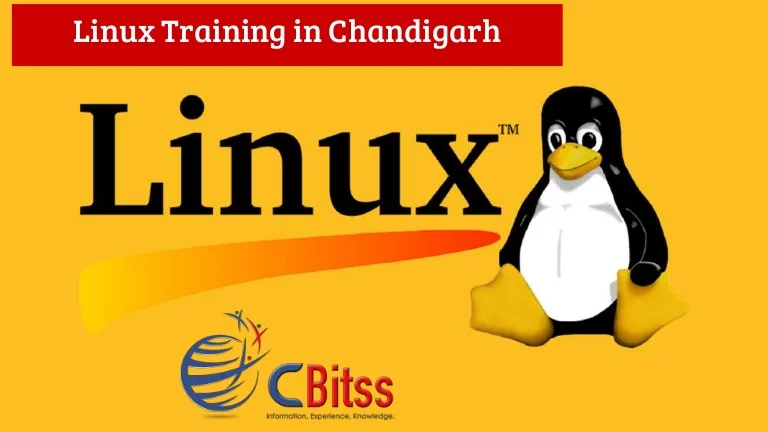What is the basic purpose of Linux?
The basic purpose of Linux, an open-source Unix-like operating system kernel, is to provide a versatile and efficient platform for computing. Linux serves as the foundation for various operating systems known as Linux distributions (distros), which are used in a wide range of devices and environments. Here are some key purposes and characteristics of Linux:
Open Source Philosophy
Linux is developed under the open-source model, allowing users to access, modify, and distribute the source code freely. This promotes collaboration, transparency, and community-driven development.
Multiuser and Multitasking Support
Linux is designed to support multiple users and concurrent processes, enabling efficient multitasking. This makes it suitable for server environments and desktop systems.
Stability and Reliability
Linux is known for its stability and reliability. It is widely used in server environments where continuous uptime is critical. The kernel and many system components are rigorously tested and proven to be robust.
Security
Linux provides a secure computing environment. Its permission and access control mechanisms, along with regular security updates, contribute to a resilient security posture. Linux is commonly used in security-sensitive applications and servers.
Portability
Linux can run on a variety of hardware architectures, making it highly portable. This adaptability allows Linux to be used on a wide range of devices, from embedded systems and smartphones to servers and supercomputers.
Networking Capabilities
Linux has powerful networking features, making it well-suited for networking applications and server roles. It supports protocols such as TCP/IP and includes a wide range of networking tools and utilities.
Scalability
Linux scales well from small embedded devices to large-scale server clusters. Its scalability makes it suitable for diverse applications, including personal computers, servers, data centers, and embedded systems.
Cost-Effective
Linux is cost-effective because it is freely available, and many of its distributions come with extensive software repositories. Organizations can deploy Linux without incurring licensing costs, making it an attractive choice for businesses and individuals.
Community and Support
The Linux community is vibrant and diverse. Users can find support, documentation, and solutions to problems through community forums, mailing lists, and online resources. Commercial support options are also available for specific distributions.
Customizability
Linux is highly customizable. Users can choose from various desktop environments, customize system configurations, and tailor the operating system to meet specific requirements. This flexibility is valuable for both personal and enterprise use.
Compatibility
Linux supports a wide array of software applications, both open source and proprietary. Many popular software development tools, databases, web servers, and applications run seamlessly on Linux.
Educational and Learning Opportunities
Linux is widely used in educational settings and serves as a platform for learning about operating systems, system administration, and software development. Many universities and training programs incorporate Linux into their curricula.
In summary, the basic purpose of Linux is to provide a powerful, open, and flexible operating system that can be adapted to various computing environments. Its characteristics of reliability, security, and cost-effectiveness make it a popular choice for a diverse range of applications.
What are the basic command of Linux?
Linux provides a powerful command-line interface (CLI) for interacting with the operating system. Here are some basic Linux commands that are commonly used in the terminal:
ls4
Lists files and directories in the current directory.
Example:
ls
pwd:
Prints the current working directory.
Example
pwd
cd:
Changes the current directory.
Example:
bashCopy code
cd /path/to/directory
mkdir
Creates a new directory.
Example:
mkdir new_directory
cp:
Copies files or directories.
Example:
bashCopy code
cp file.txt /path/to/destination
mv
Moves (or renames) files or directories.
Example:
bashCopy code
mv file.txt new_location/
rm
Removes (deletes) files or directories.
Example:
bashCopy code
rm file.txt
To remove a directory and its contents recursively:
bashCopy code
rm -r directory_name/
cat
Concatenates and displays the contents of files.
Example:
bashCopy code
cat file.txt
echo
Prints text to the terminal.
Example:
bashCopy code
echo “Hello, World!”
grep
Searches for a pattern in a file or input stream.
Example:
bashCopy code
grep “pattern” file.txt
chmod
Changes file permissions.
Example:
chmod +x script.sh
chown
Changes file ownership.
Example:
chown user:group file.txt
ps
Displays a snapshot of currently running processes.
Example:
bashCopy code
ps aux
kill
Sends a signal to terminate a process.
Example:
bashCopy code
kill -9 process_id
top
Displays real-time system statistics and a list of currently running processes.
Example:
bashCopy code
top
df
Shows information about disk space usage.
Example:
df -h
du:
Displays the disk usage of files and directories.
Example:
du -h
man
Displays the manual or help page for a command.
Example:
bashCopy code
man ls
sudo
Executes a command with superuser (root) privileges.
Example:
sudo command_name
exit
Exits the current shell or terminal session.
Example:
exit
These are just a few basic Linux training in Chandigarh commands. The Linux command-line interface offers a wide range of commands with various options and parameters for performing diverse tasks in the system. Learning and becoming familiar with these commands is fundamental for effective Linux system administration and usage.
Read more article:- Digitalnomic.









